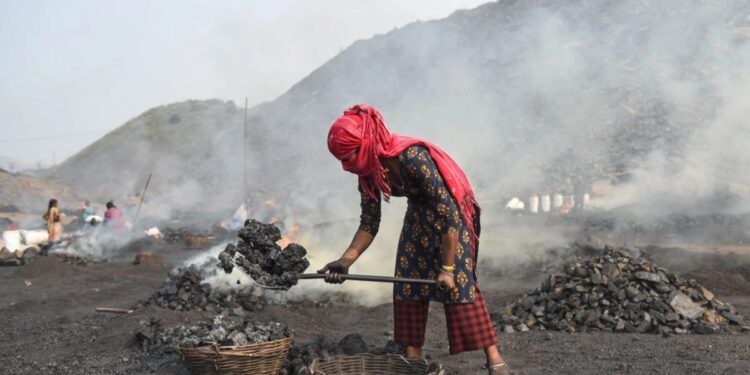India’s dependence on coal remains entrenched, with the fossil fuel still powering over 70% of its electricity generation. Despite global climate goals and expanding renewable capacity, the country’s rising energy demand means coal is here to stay – at least for the foreseeable future. The pressing question now is whether India can make coal cleaner without compromising growth.
A growing economy, a growing energy appetite
As one of the world’s fastest-growing economies, India faces a dual challenge: lifting millions out of energy poverty while transitioning to a low-carbon future. Even with record investments in solar and wind, coal continues to provide a stable and affordable energy base. Power Minister R. K. Singh recently reiterated that India “can’t suddenly abandon coal,” citing energy security and grid reliability as key priorities.
Coal consumption has risen steadily post-pandemic, with the government approving multiple new mining blocks and expanding production targets. Electricity demand is projected to double by 2040, driven by industrialisation, air conditioning, and digital infrastructure – all of which demand baseload power that renewables cannot yet fully provide.
Cleaner coal – ambition or contradiction?
To address mounting environmental pressure, India has turned to technologies aimed at reducing coal’s carbon intensity. Ultra-supercritical plants, which operate at higher efficiency levels, now account for a growing share of new installations. Pilot projects exploring carbon capture and storage (CCS) and coal gasification are also under way, although cost and scalability remain major obstacles.
The government’s National Mission on Use of Biomass in Coal-Based Thermal Power Plants has mandated co-firing of agricultural residue with coal to reduce particulate pollution and improve air quality. However, experts argue that these efforts, while commendable, cannot fully neutralise the climate impacts of coal.
Balancing act between development and decarbonisation
India’s commitment to net-zero by 2070 leaves a long transition window, reflecting the country’s development needs. Officials stress that per capita emissions in India remain among the lowest globally and argue that historical emitters must bear greater responsibility for climate mitigation.
Still, the pressure to clean up coal is growing. International financiers are increasingly reluctant to fund coal projects, and Indian banks have begun tightening lending to high-emission sectors. Meanwhile, local pollution – particularly in northern India – has spurred public outcry and legal challenges against coal expansion in sensitive regions.
The path ahead
While coal remains indispensable to India’s short- and medium-term energy needs, its environmental costs are no longer avoidable. Making coal cleaner – through technology upgrades, emissions monitoring, and a stronger push for renewables – will be essential to balancing growth with sustainability.
The future may not lie in abandoning coal altogether, but in managing its decline intelligently. That means investing in cleaner alternatives while making coal as clean as possible in the meantime – a delicate but necessary balancing act for a country straddling ambition and reality.
REFH – Newshub, 18 July 2025

